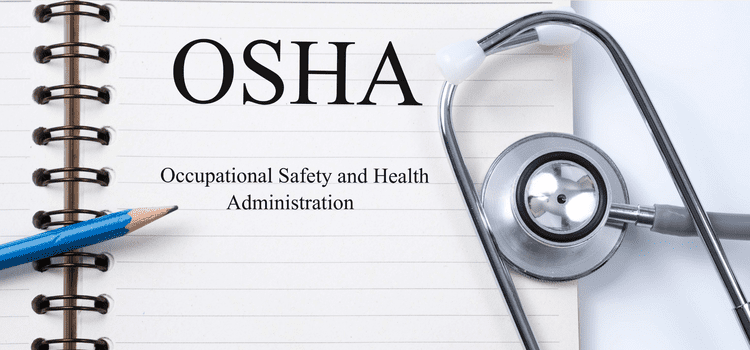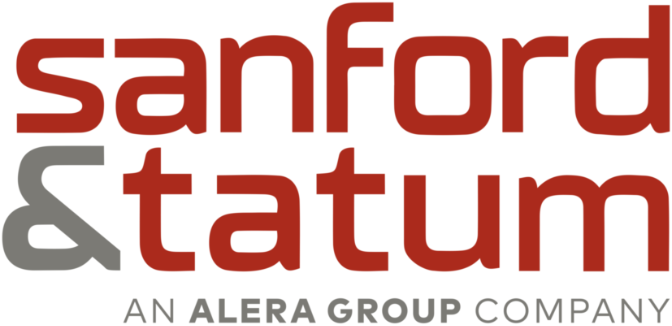
OSHA Proposes Exclusion of Known Inherent Inseparable Hazards From General Duty Clause
On July 1, 2025, OSHA proposed a rule to clarify its interpretation of the General Duty Clause (§5(a)(1)) to exclude from enforcement known hazards that are inherent and inseparable from the core nature of a professional activity or performance.
Comments on the proposed rule are due by Sept. 2, 2025.
Background
Under §5(a)(1), each employer is required to furnish a workplace “free from recognized hazards that are causing or are likely to cause death or serious physical harm.” This provision has historically functioned as an enforcement mechanism when no specific OSHA standard applies to a particular hazard.
In 2014, Judge Brett Kavanaugh (as a District Court judge a the time) dissented in a District of Columbia District Court ruling in Seaworld of Florida LLC v. Perez, arguing that §5(a)(1) did not authorize OSHA to regulate hazards arising from normal activities that are intrinsic to professional, athletic or entertainment occupations. His reasoning foretold what has since become a binding Supreme Court doctrine: the major questions doctrine.
In light of the issues raised in that dissent and subsequent developments in administrative and constitutional law, OSHA is reexamining its authority under §5(a)(1).
Key Takeaways
OSHA now preliminarily concurs with the concerns raised in Kavanaugh’s dissent. This proposed rule responds to those concerns and codifies the principle that §5(a)(1) does not authorize OSHA to prohibit, restrict or penalize inherently risky activities that are intrinsic to professional, athletic or entertainment occupations.
The major questions doctrine requires that Congress speak clearly when authorizing an agency to decide issues of significant national consequence. §5(a)(1) contains no specific delegation or language suggesting that Congress intended OSHA to prohibit the core design of performances or sports through a general phrase like “recognized hazards.”
OSHA states it acknowledges that regulating such activities under §5(a)(1) could constitute an unlawful extension of authority absent a clear congressional directive. Accordingly, OSHA states it believes it must reassess and appropriately narrow its interpretation of the §5(a)(1) to remain within lawful bounds.
Proposed Sections
The proposed rule would add two new standards to follow instead of §5(a)(1) for these specific hazards: §1975.7(a) and §1975.7(b). Proposed §1975.7(a) states that §5(a)(1) does not authorize citations against employers for hazards arising from inherently risky activities that are integral to the essential function of a professional or performance-based occupation, and the hazard cannot be eliminated without fundamentally altering the activity.
Proposed §1975.7(b) contains a nonexhaustive list of sectors where this limitation may apply. OSHA states it is seeking public comment on whether and how the regulatory text could be revised to make it clearer or more specific.
Comment Period Questions
OSHA states it is seeking public comment on and asks the following six questions in connection with its proposed approach:
1 What are examples of workplace conditions in the industry sectors identified in §1975.7(b) that are inherently risky and integral to the essential function of a professional or performance-based occupation, where the hazard cannot be addressed without fundamentally altering the activity? Please provide information and data, including injury, illness or fatality data, on why the hazard cannot be addressed without fundamentally altering the activity, as well as information and data on measures taken to protect employees from these hazards;
2.What are examples of workplace conditions in the industry sectors identified in §1975.7(b) that are inherently risky but either:
- a. Are not integral to the essential function of the occupation; or
- b. Have hazards can be addressed without fundamentally altering the activity. Please provide information and data, including injury, illness or fatality data and information and data on measures taken to protect employees from these hazards;
Have hazards can be addressed without fundamentally altering the activity. Please provide information and data, including injury, illness or fatality data and information and data on measures taken to protect employees from these hazards;
3. Which professional and performance-based occupations perform inherently risky activities that are integral to the essential function of the occupation? Please provide information and data to support your response;
4. In its economic analysis, OSHA identifies industry sectors (identified by North American Industry Classification System [NAICS] code) and occupations (identified by Standard Occupation Classification [SOC] code) to which it has preliminarily concluded that proposed §1975.7 would apply. Are there any other potential industry sectors or occupations to which the proposed provision may apply? Please identify those industry sectors and occupations by description, as well as NAICS and SOC codes, as applicable,
This Legal Update is not intended to be exhaustive nor should any discussion or opinions be construed as legal advice. Readers should contact legal counsel for legal advice. © 2025 Zywave, Inc. All rights reserved.

Discussion
There are no comments yet.